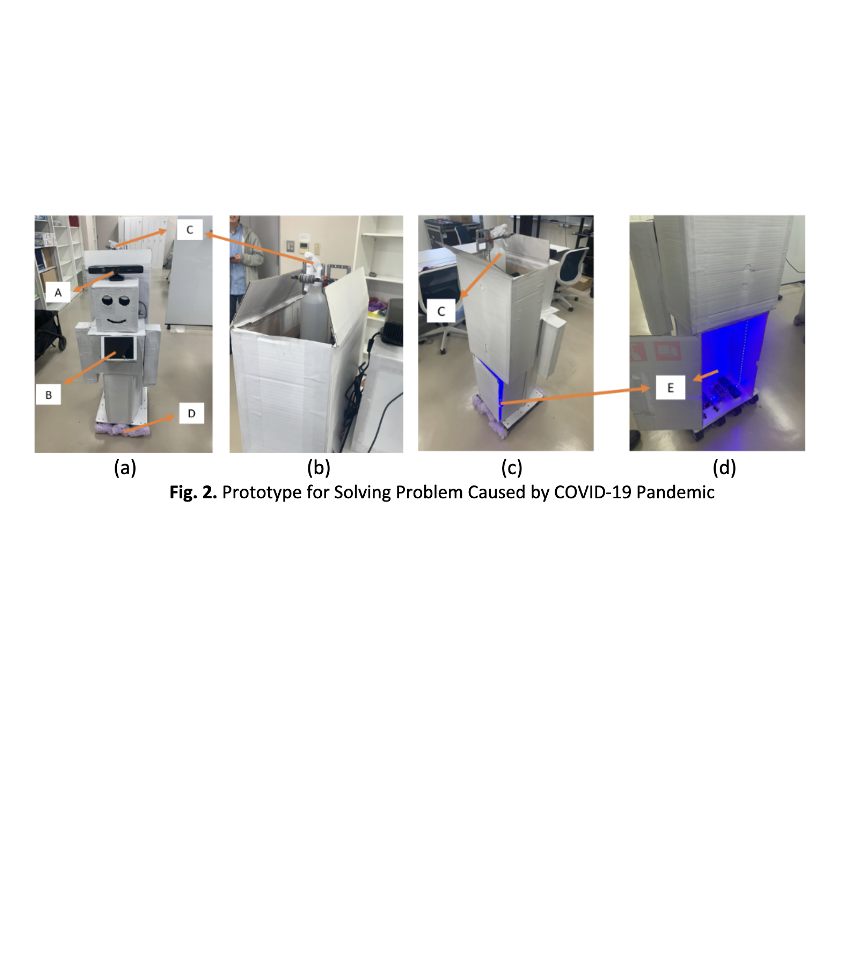
2023-01-15
Nurhayati Md Issa, Hayata Sasaki, Nami Okamura, Wira Jazair Yahya, Mohd Azizi Abdul Rahman, Mohd Hatta Mohammed Ariff, & Tsuyoshi Koga. (2023). Proposition and Verification of a Design Method to Discover Latent Needs Based on Empathy, Experiences, and Working Prototype by Designing Autonomous Childcare Vehicle. Journal of Advanced Vehicle System, 14(1), 19–34. Retrieved from https://www.akademiabaru.com/submit/index.php/javs/article/view/4606
Articles
AIMS AND SCOPE
Journal of Advanced Vehicle System (JAVS) provides an academic platform for professionals and researchers to contribute innovative work in the area of vehicle technology including, but not limited to vehicle propulsion, vehicle dynamics, vehicle ergonomics, vehicle safety, driving behavior, autonomous vehicle, vehicle design, vehicle manufacturing, human-machine interaction, advanced sub-system, aerodynamic, green technologies, etc.
INDEXING AND
ABSTRACTING






Journal of Advanced Vehicle System (JAVS) is licensed under a Creative Commons Attribution-NonCommercial 4.0 International License.
AUTHORS
Malaysia, Egypt, Japan, Indonesia, Saudi Arabia, Kuwait




